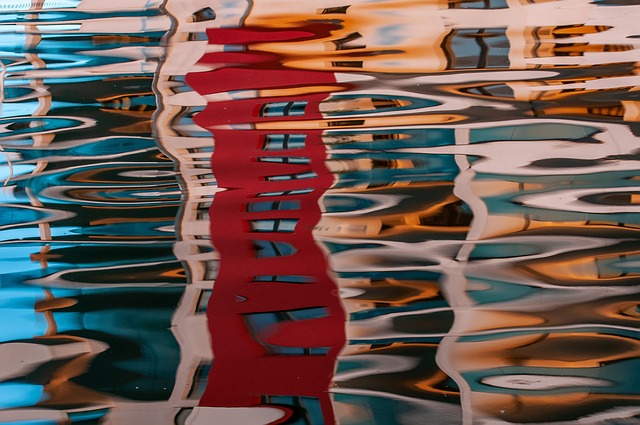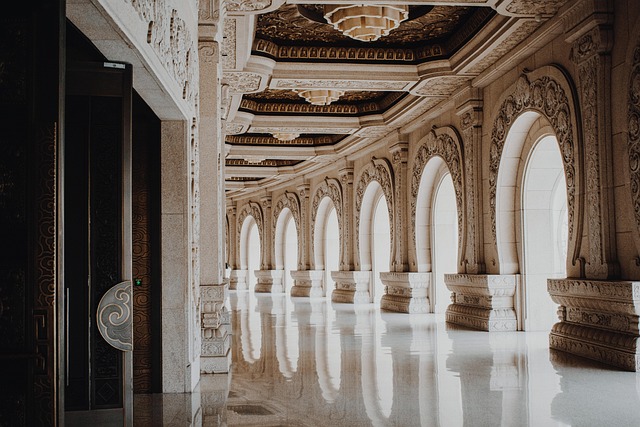In the world of photography, distortion often carries a negative connotation, but what if we reframed our understanding of it? Distortion, often perceived as a flaw in optics, can also be an expressive tool in a photographer’s arsenal. When we think about distortion through the lens of creativity, it opens up a treasure trove of artistic possibilities that challenge the conventional aesthetics associated with image capture.
When we hear the word distortion,” our minds might jump to images that appear warped or out of focus, but in reality, this can be a deliberate choice made by the photographer. The camera lens is a sophisticated piece of technology that not only captures reality but also shapes it. In the art of distortion, we can manipulate perspectives, exaggerate proportions, and ultimately create a narrative that speaks to the viewer.
One of the most compelling aspects of distortion in photography is how it can evoke emotions. For instance, using wide-angle lenses can exaggerate space, making subjects in the foreground appear larger than life. This technique can create dramatic effects, capturing the viewer’s attention and immersing them in the scene. Think of an expansive landscape where rocks in the foreground appear gargantuan against a small, distant horizon; the viewer is drawn into a compelling story that feels larger than life.
Moreover, distortion can also be a powerful tool when exploring abstract photography. With the right angles and purposeful manipulation, ordinary scenes can transform into fantastical visions. A photo of a cityscape can turn into a dreamlike representation when distorted through a lens, bending buildings and clouds in surreal ways that provoke thought and reflection.
The key to mastering distortion lies in understanding your lens optics and how to play with them. Different lenses produce various distortion effects—fish-eye lenses create extreme barrel distortion, while certain telephoto lenses compress space, blurring the line between foreground and background. Learning to embrace these unique qualities allows photographers to explore new dimensions within their work.
Furthermore, the manipulation of distortion is not only applicable to landscapes or architecture. Portrait photography can also take advantage of distortion. A subtle shift in lens angle can alter the viewer’s perception of the subject’s features, thereby adding an element of character or surrealism that flourishes in creative portraits. How fascinating is it to capture the essence of an individual while simultaneously bending the reality around them?
As photographers, we have the unique ability to distort not only the physical space within our images but also the emotional and narrative layers of our work. With every click of the shutter, we can invite our audience to experience a world reshaped by our vision. When distortion is applied thoughtfully, it can communicate depth, intrigue, and even vulnerability—elements that resonate on a human level.
Ultimately, exploring distortion through the lens of photography is about pushing boundaries and redefining norms. Rather than seeing distortion as a limitation, we can embrace it as a significant element of expression, shaping the stories we tell through our art. So, next time you look through your viewfinder, consider how a little bend or twist might transform your perspective—and your photo.




